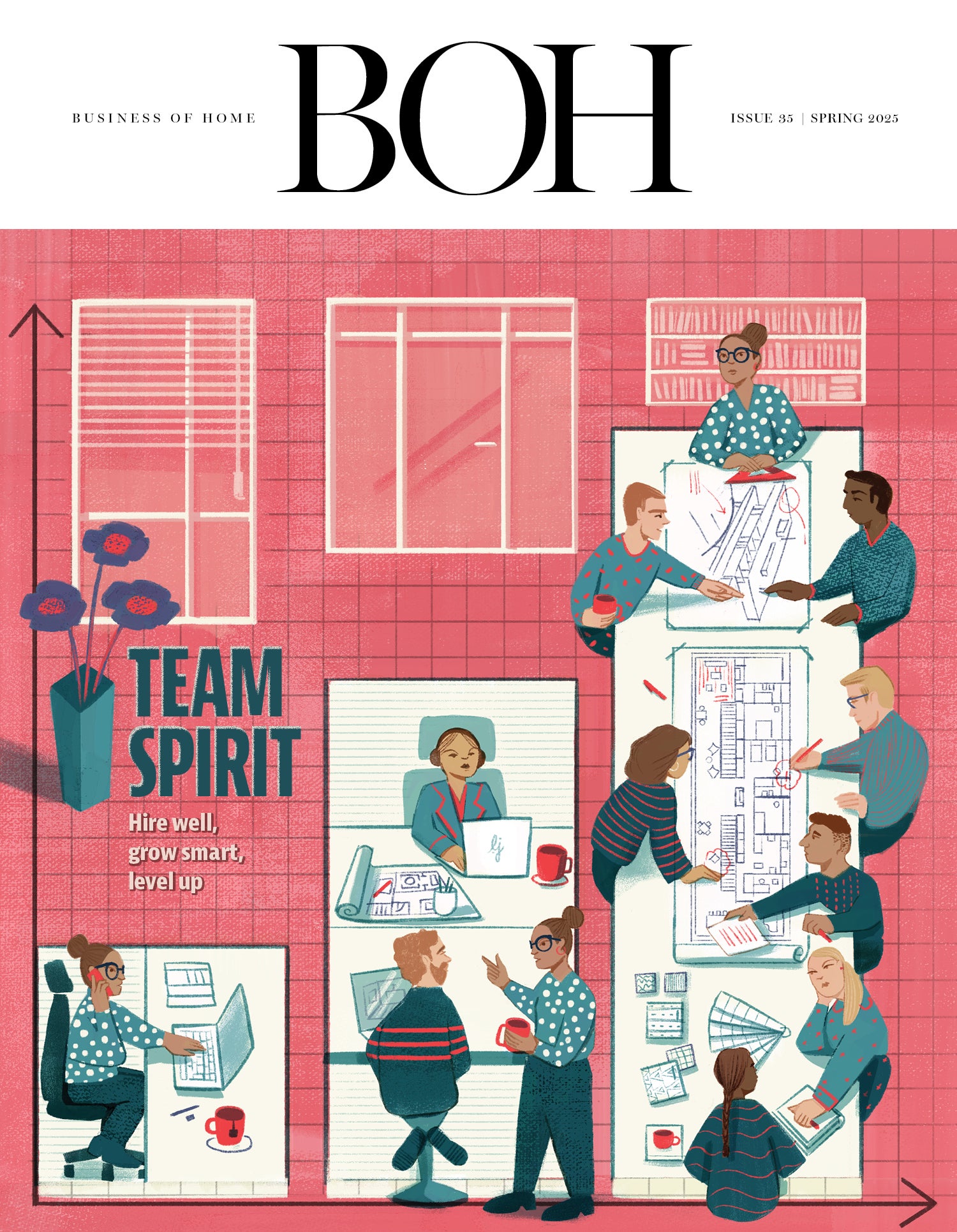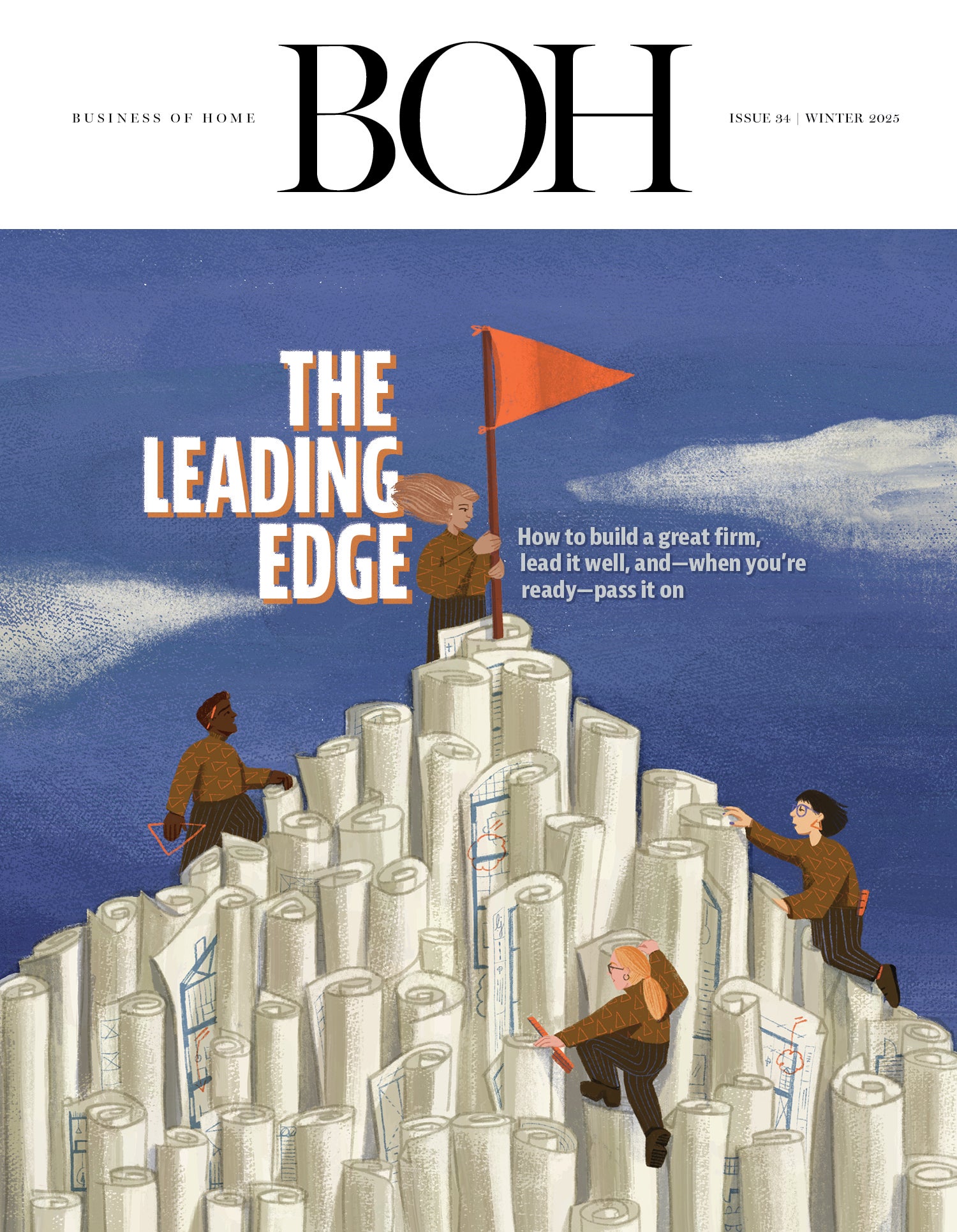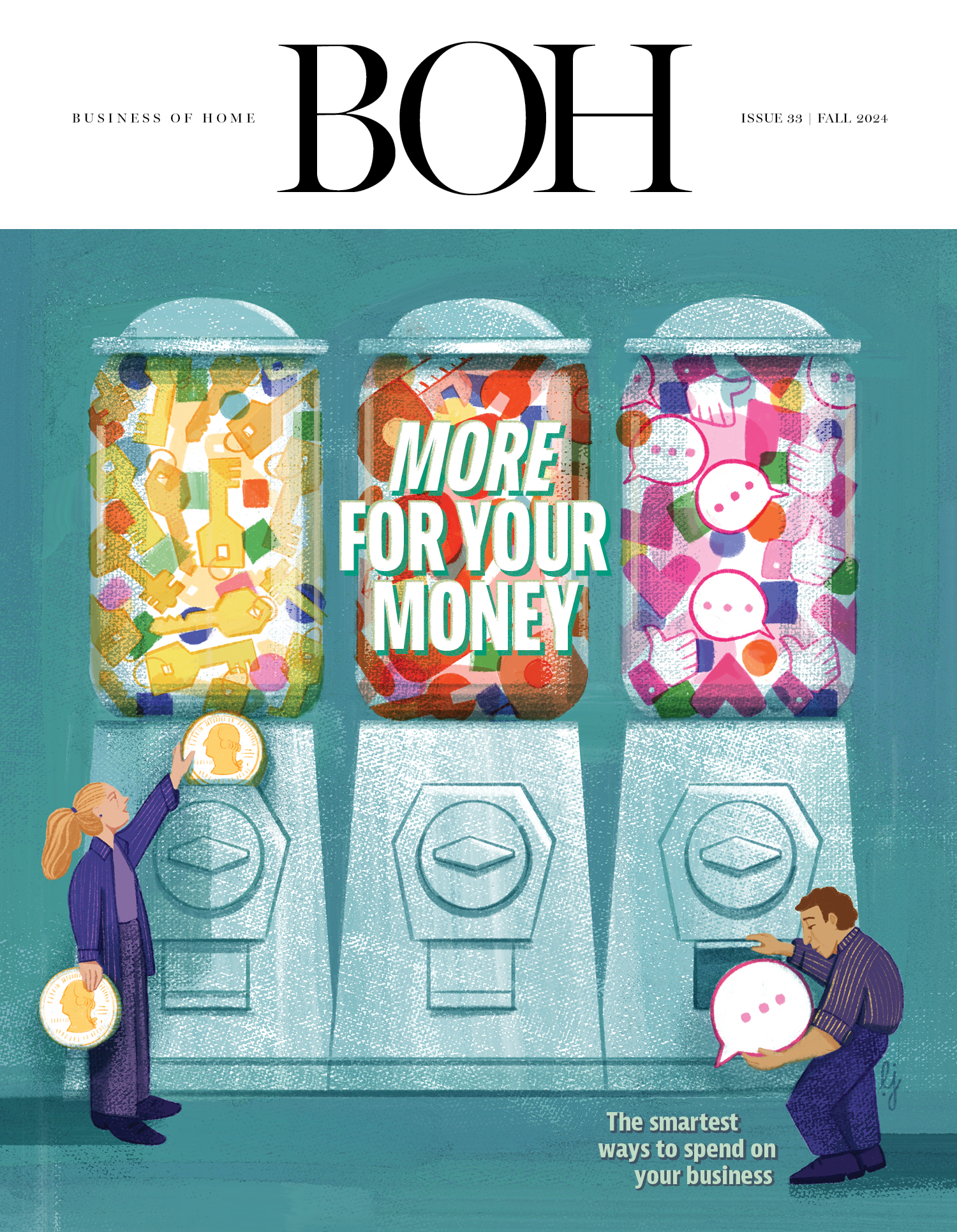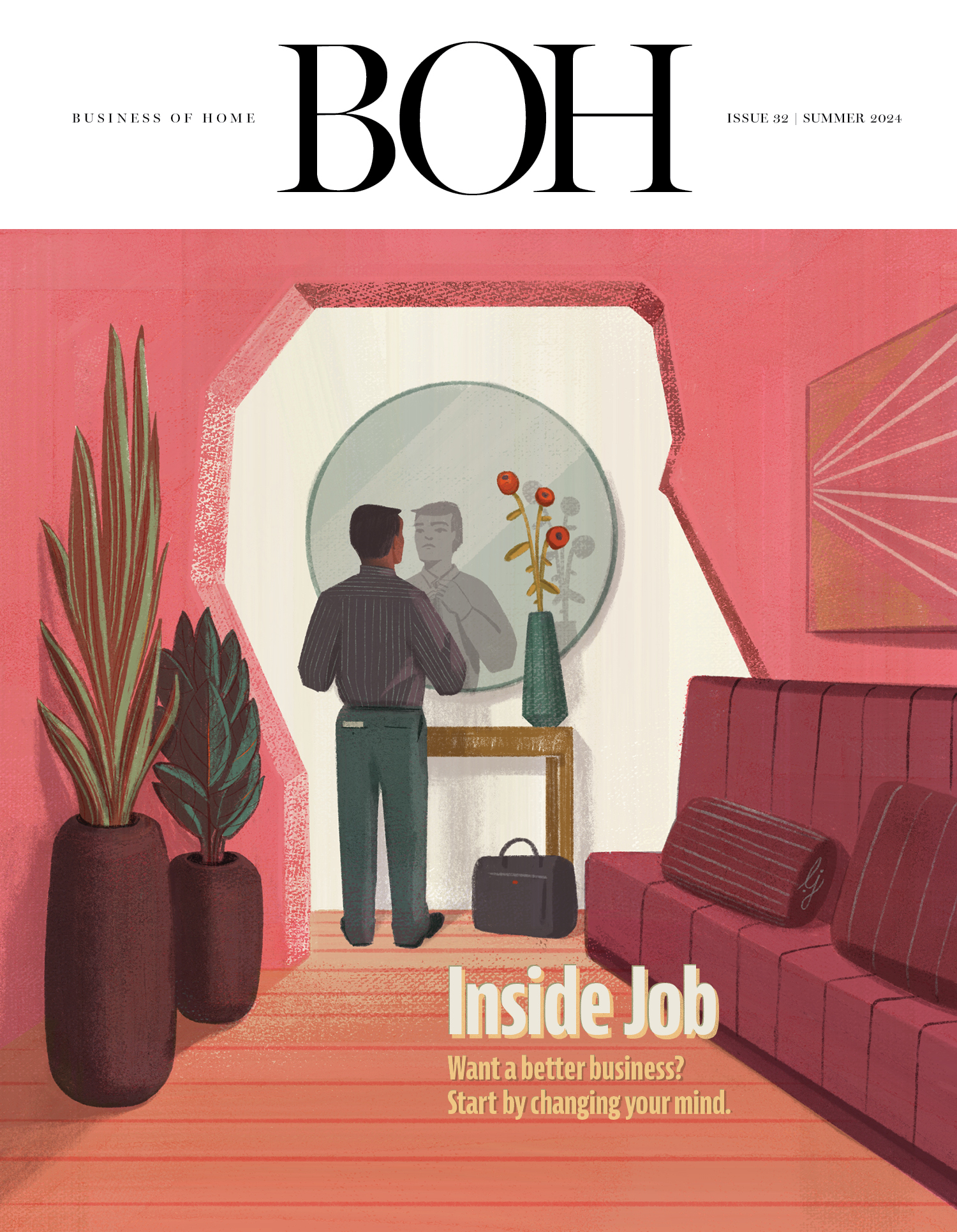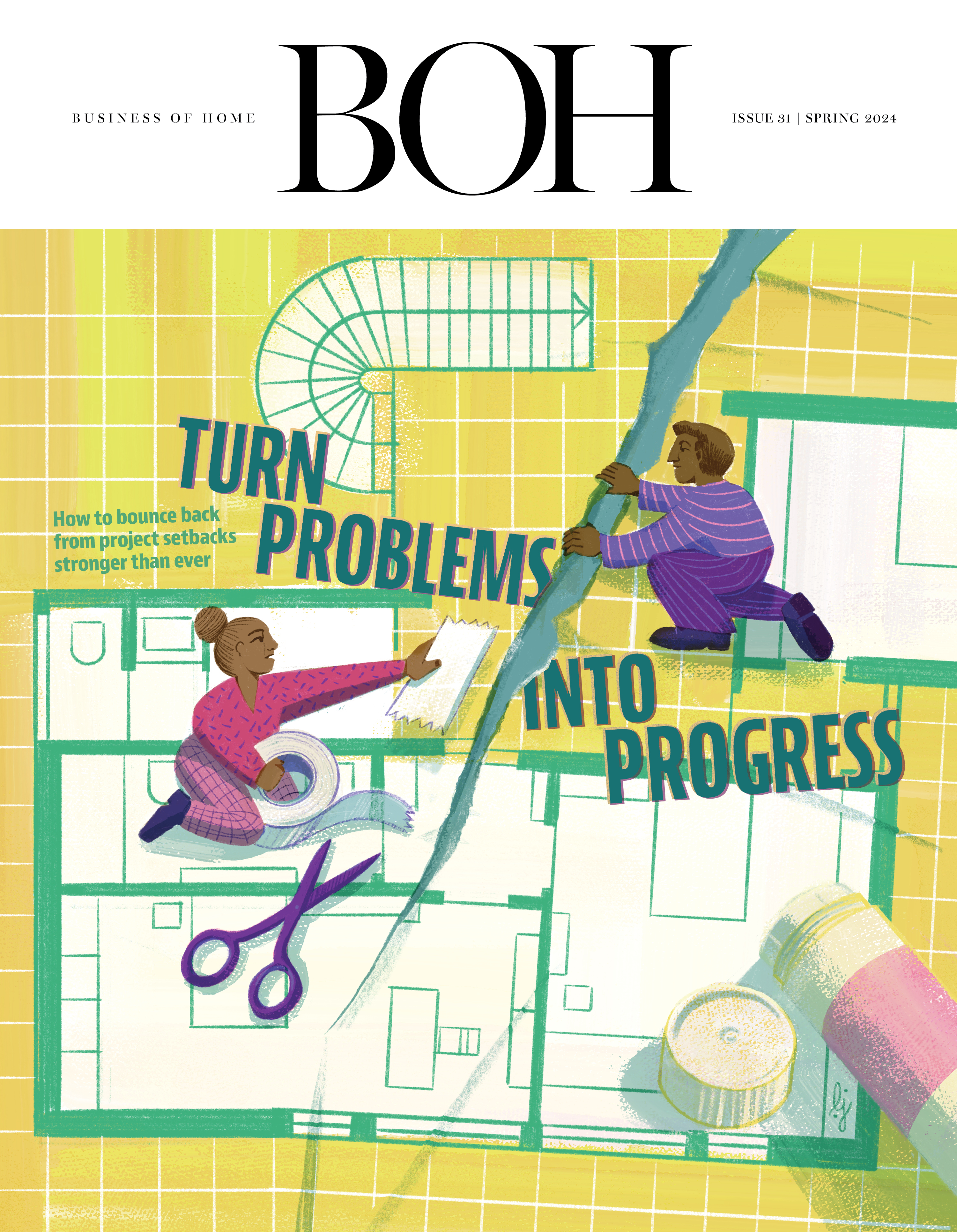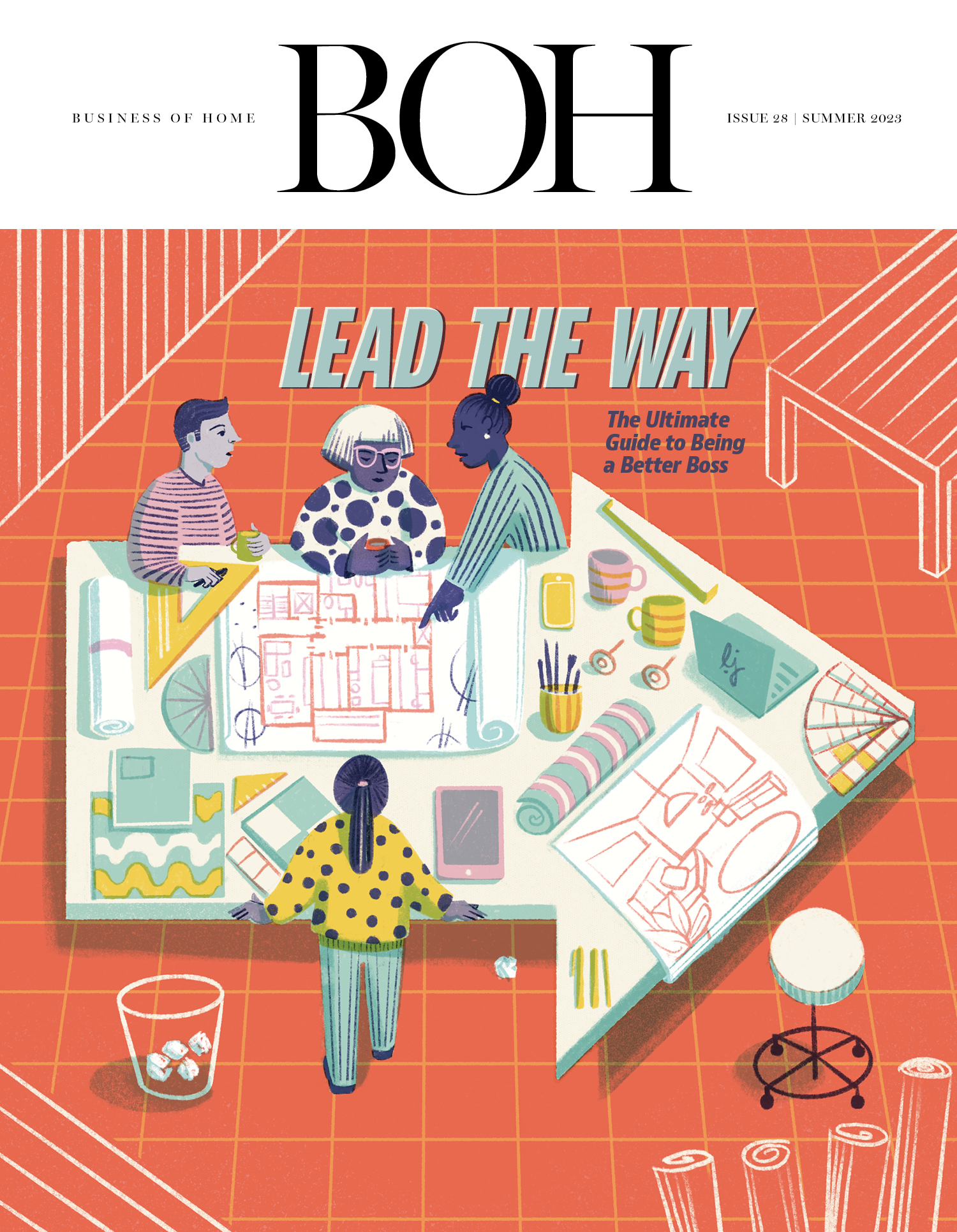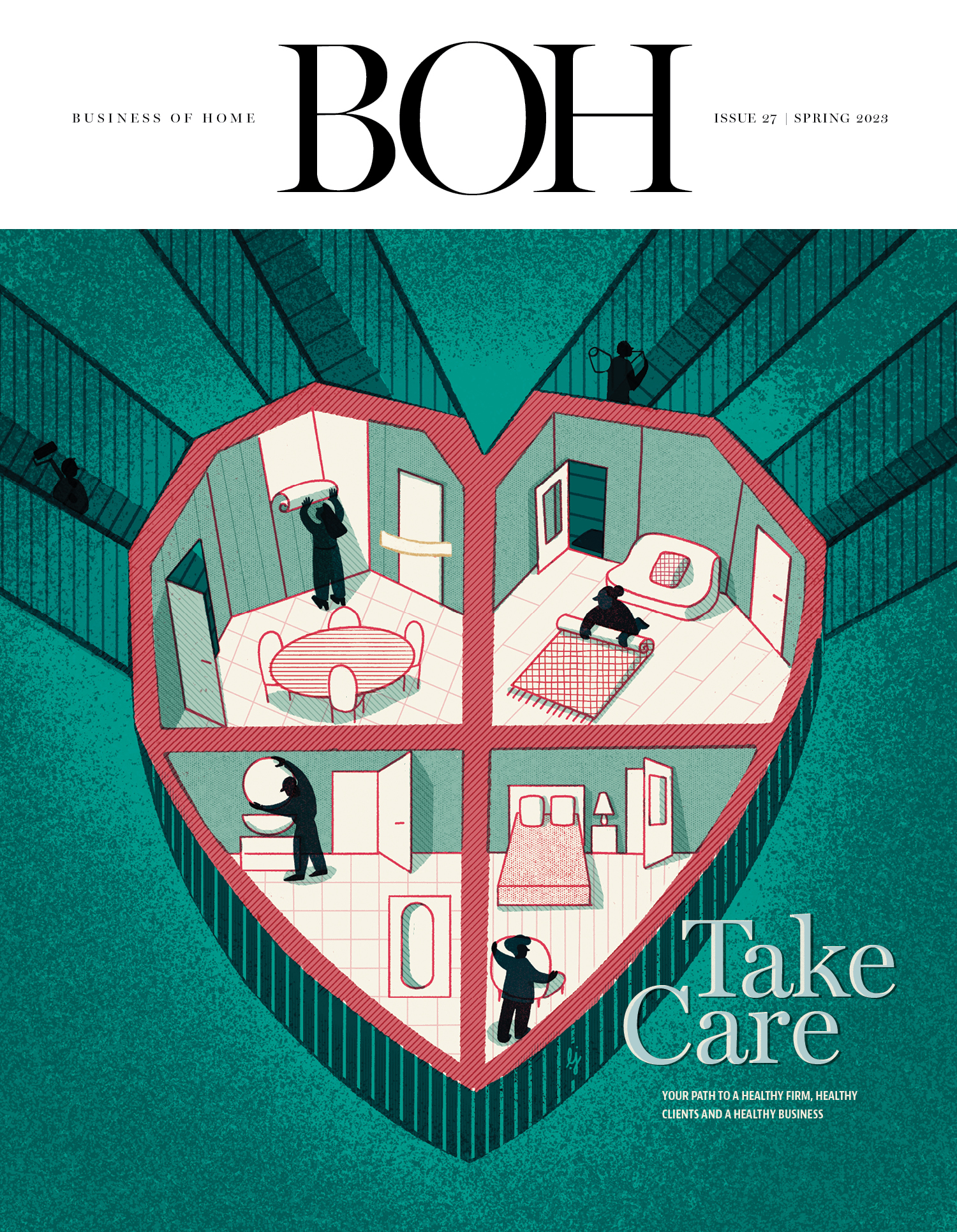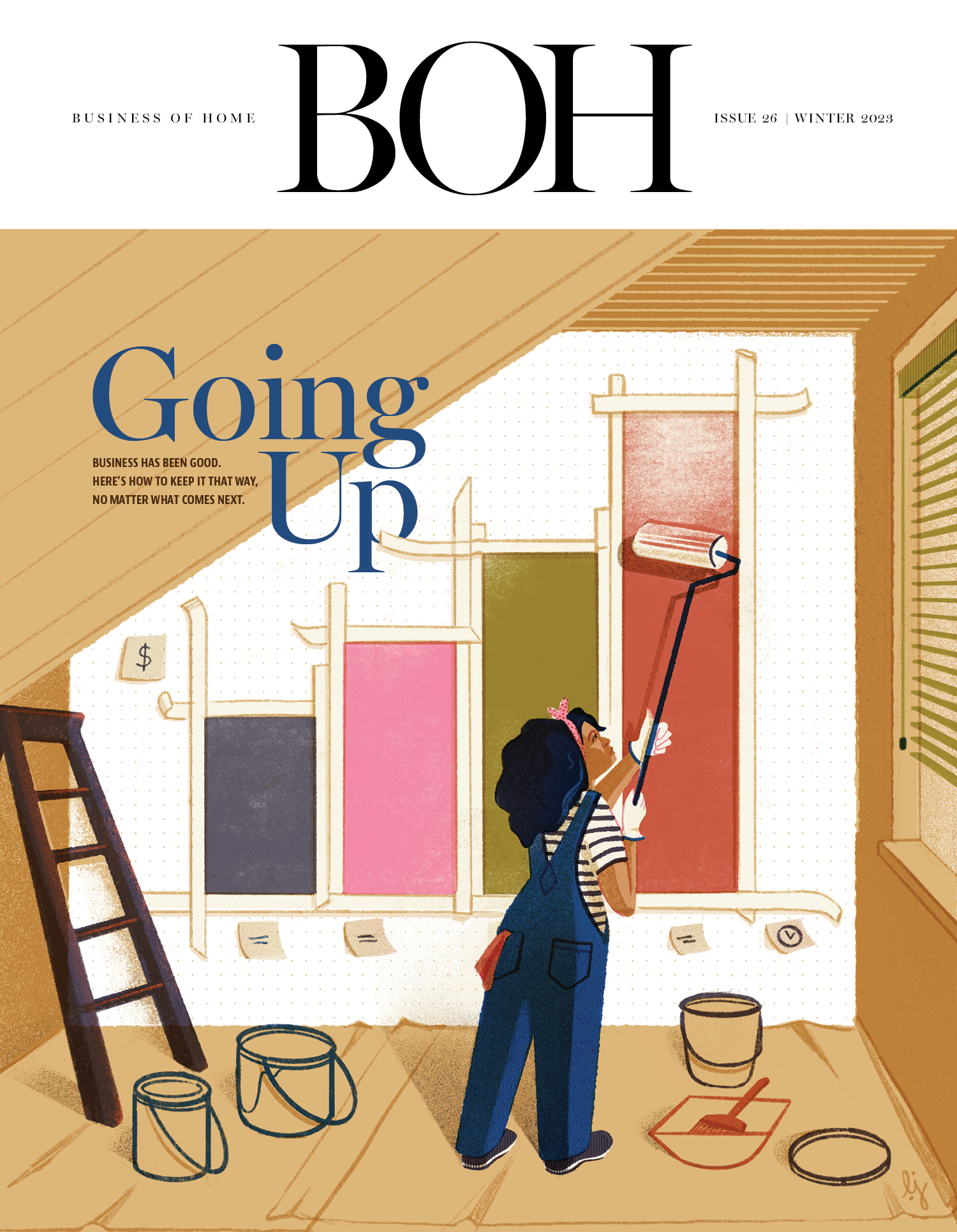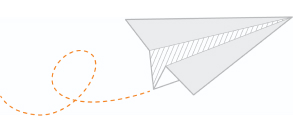As summer turns to fall, three of the largest home furnishings sectors are set to have big trade shows over the next 60 days—home textiles and tabletop in New York in September, followed by furniture in High Point, North Carolina, in October. They are not going to be pretty.
The sales malaise in these categories—coupled with the latest round of unprecedented Trump tariffs—is likely to cause sour business conditions, leading to a winter selling season that could be among the most dismal in recent memory.
Soft sales have been a fact for the entire home furnishings sector since the pandemic ended, as consumers turned their attention to out-of-home pursuits like travel, entertainment and restaurants. The failure of the housing market to reignite as mortgage rates have remained stubbornly inflated has played a part as well. But it’s the latest news on the tariff front that is causing the most concern for these product categories, which depend on overseas producers—largely in Asia—for the majority of their products.
Importers say they are already feeling the pain—and they are passing it along to their customers. In a new survey that cuts across multiple product categories, 55 percent of companies reported that tariffs have reduced their profit margins by 10 to 15 percent, three-quarters of them are passing along tariff-related cost increases, and nearly half have reduced their workforces as a result of tariffs.
For textiles, India is no doubt the biggest hit. Many importers had moved their sourcing out of China to the country, anticipating it would be one of the softer landing spots from a tariff perspective. Then came the shock news that Trump would be imposing 50 percent duties on India. The fact that tariffs on Indian products are now among the highest in the world is especially astounding to those doing business with the country.
Cotton sheet sets that might have wholesaled for $9 previously are now costing out at closer to $15, driving up retails on these products anywhere from $19.99 to $29.99 and making them largely untenable for retailers using them as lead items in their promotions. The same could be said for curtains, rugs, and top-of-the-bed and kitchen linens that are the mainstays of the Indian textiles market. It is estimated that 30 percent of the home textiles products sold in the U.S. come from India, and the American market accounts for more than half of all Indian home textiles production.
For tabletop, whose fall market week will coincide with home textiles for the first time, the picture is somewhat more diverse, but just as troubling. The vast majority of ceramic dinnerware is produced in China, where the tariffs now stand at 30 percent. Flatware is made in both China and Vietnam, now carrying a 20 percent tariff, though anything made of steel carries an additional 50 percent premium. Some higher-end tabletop products continue to come from Europe, where the tariffs have been set at 15 percent, although there are nuances still to be determined that may impact specific countries and products.
As those two industries finish up their shows in September, attention will turn to furniture, which has been perhaps the most volatile product classification recently, with Trump just announcing he is planning a tariff on imported products in order to “rebuild” the domestic manufacturing base. “We’re going to rebuild North Carolina furniture … [by enacting] a very substantial tariff,” he said at a Cabinet meeting earlier this week. “It’s going to be a beautiful thing to see. It’s going to happen like magic.”
In the same meeting, Trump touted the skill of domestic furniture makers with anecdotes that seemed to reference his own interaction with the industry in the late 2000s, when Lexington produced a line under his brand that was largely intended for Macy’s. Most of that furniture was made in China.
Today, Vietnam is the largest resource for wood furniture, while China is focused more on mixed-material products like outdoor as well as furniture made of metal and stone. Indonesia and the Philippines are also important resources for many products, and right now those countries fall under the 19 percent duty rate. But all bets will be off if the promised furniture tariff comes in high (say, 50 percent), a radical shakeup that would push prices on imported pieces into new territory—certainly higher than what most consumers are used to paying. It’s estimated that 70 percent of all furniture is imported, but when it comes to products outside of upholstery, that number is probably closer to 90 percent. And even upholstered furniture like sofas and chairs include many components such as fabric coverings, sewing materials and sometimes frames that come from outside the country.
Recent history suggests that when it comes to tariffs and duties, a lot can happen between now and when Fall High Point Market kicks off in late October. But in the meantime, importers are once again scrambling to come up with workarounds to deal with the worst-case scenarios.
It’s why the fall trade shows have the potential not only to cause a winter of discontent, but even more of the same for the industry well into 2026.




